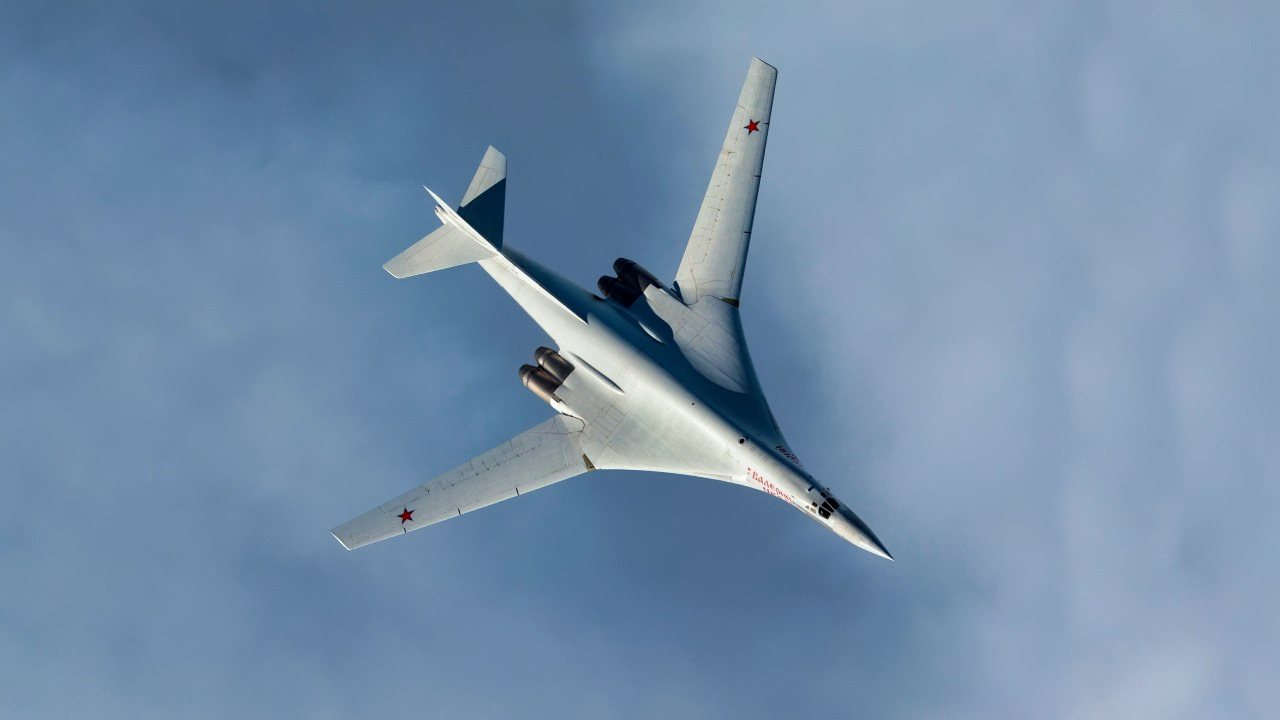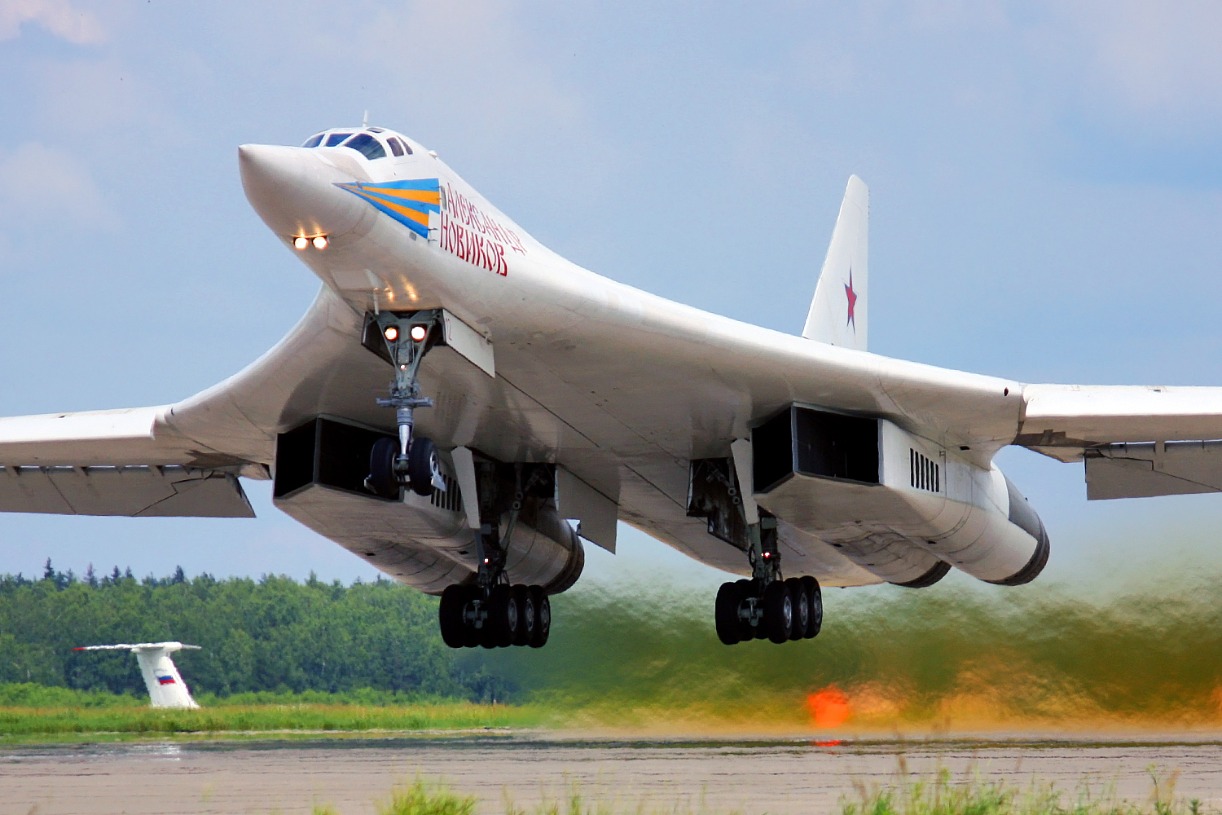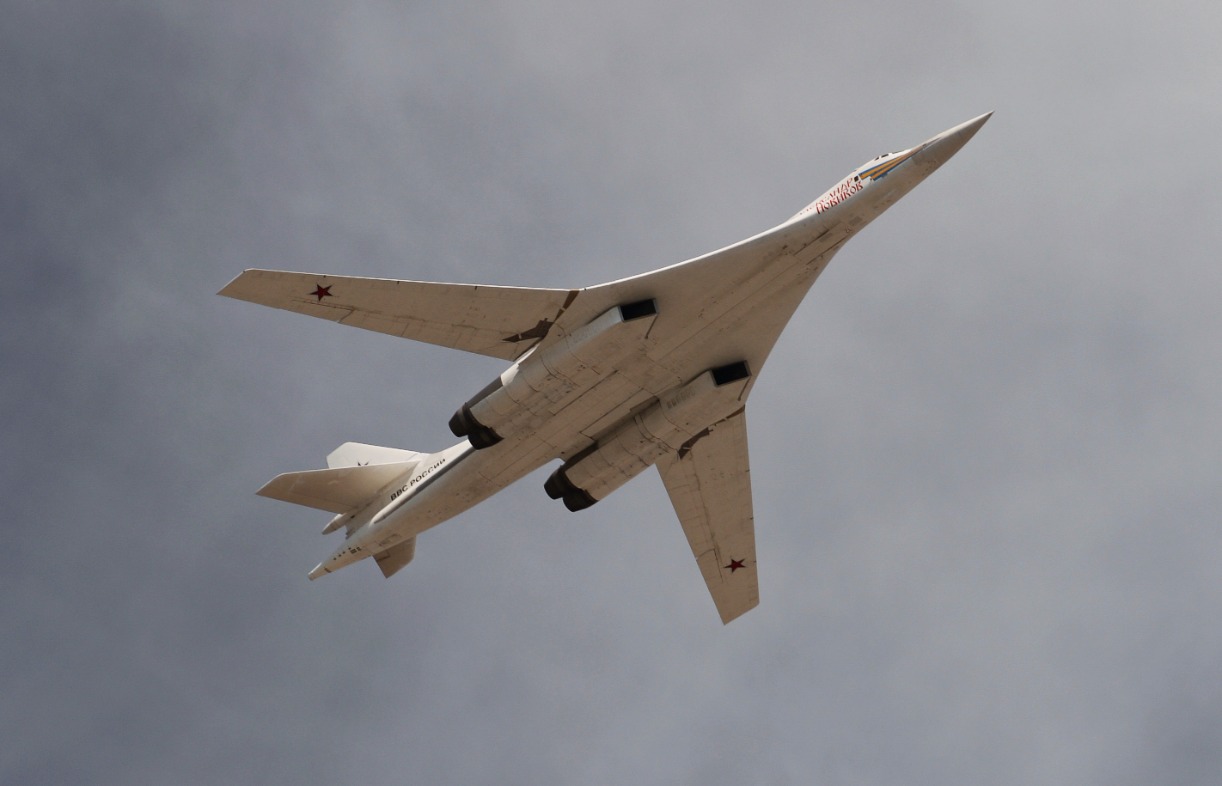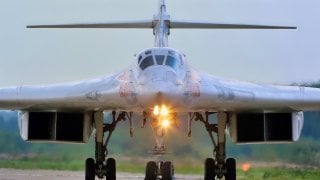Tu-160 Bomber: Russia's Most Powerful Bomber Is Getting a Massive Upgrade
Amidst the ongoing war in Ukraine, Russia's weapons production has notably declined, affecting long-term projects like stealth bombers and next-generation jets. However, progress continues with an enhanced variant of the Tu-160 Blackjack bomber, termed the "White Swan."
Summary: Amidst the ongoing war in Ukraine, Russia's weapons production has notably declined, affecting long-term projects like stealth bombers and next-generation jets. However, progress continues with an enhanced variant of the Tu-160 Blackjack bomber, termed the "White Swan."

-Recently, President Vladimir Putin showcased this advancement by flying in the upgraded bomber, highlighting its new features and signaling ongoing development despite military pressures.
Russia Advances Tu-160 Bomber Upgrade Despite Ukraine War Pressures
Since its invasion of Ukraine kicked off more than two years ago, Russia’s weapons output has greatly decreased. Struggling to fulfill its troops’ immediate needs on the frontlines of its war effort, Moscow was forced to put the vast majority of its long-term projects on hold.
From new stealth bombers and next-generation fighter jets, the expected timelines associated with new programs have been consistently pushed back by the Kremlin. However, Russian engineers appear to be moving ahead with an enhanced variant of its largest nuclear missile-carrying supersonic bomber—the “White Swan.” According to state-run media outlets, this new aircraft is currently undergoing joint tests by the Russian Defense Ministry and the United Aircraft Corporation.
In February, Russian president Vladimir Putin flew in one of these modernized Tu-160 Blackjack strategic bombers. While the short flight occurred far from the ongoing hostilities in Ukraine, it signified that Moscow is indeed able to progress in developing this enhanced airframe amid the war.

Following the flight, Putin added that “It’s (the Blackjack) a new machine, a lot about it is new. It’s easier to control. It’s reliable.” The Kremlin likely used this airframe for propaganda purposes.
A brief overview of the Tu-160
As the arms race was heating up during the Cold War, U.S. and Soviet engineers were hard at work attempting to develop supersonic strategic bombers. The Tupolev design firm in the Soviet Union, in competition with two other aviation contractors, produced the Tu-160 “Blackjack” around this time.
By the early 1970s, the USSR initiated a new contest to field a bomber that could reach speeds in excess of Mach-2.3 (times the speed of sound).
Tupolev was well positioned to complete to become the new bomber, since the manufacturer had already designed and pushed out the Soviet version of the Concorde- the Tu-144 supersonic passenger jet- years earlier.
Specs & capabilities
Ultimately, the Tu-160 became the last strategic bomber designed for the Soviet Air Force. Intended to serve as both a conventional and nuclear-capable strike aircraft, the Blackjacks were important components of the USSR’s aerial arsenal.
Following the collapse of the Soviet Union, however, Ukraine inherited more than half of the existing Tu-160 fleet. Russia down the line purchased eleven of these airframes, while the rest were scrapped under the Nunn-Lugar Cooperative Threat Reduction Agreement.
The Tu-160M
Like the American-made B-1 supersonic strategic bomber, the Tu-160 features variable wings that swing forward to provide more life during slow speed flight and then pivot aft at high speeds to improve performance. Over the years, several upgrades were incorporated to the bomber, including its ability to field the long-range Kh-555 conventional cruise missile.

According to Russian outlets, the latest Tu-160M variant features a range of modernized systems and equipment that make up at least 80 percent of the airframe. Additionally, this new variant sports the new NK-32-02 engine, which has yet to undergo test flights.
About the Author: Maya Carlin
Maya Carlin, National Security Writer with The National Interest, is an analyst with the Center for Security Policy and a former Anna Sobol Levy Fellow at IDC Herzliya in Israel. She has by-lines in many publications, including The National Interest, Jerusalem Post, and Times of Israel. You can follow her on Twitter: @MayaCarlin.
All images are from Shutterstock.


